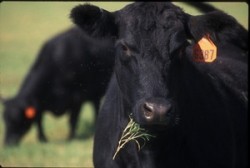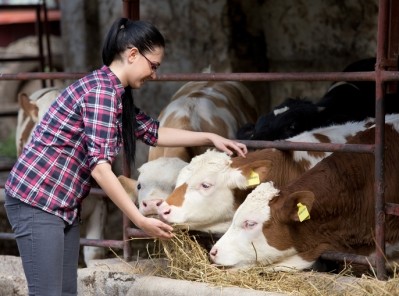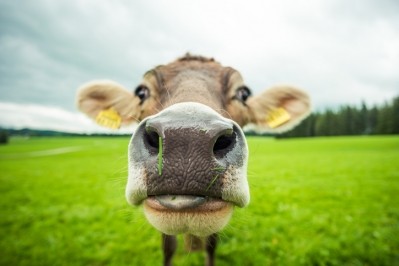USDA: Feed not likely disease pathway for US BSE-positive cow

The US Department of Agriculture (USDA) announced the finding earlier this week, saying that the animal never entered the slaughter channels and did not present a risk to human health or the food supply in the US.
The 11-year old cow was determined to be positive for the disease by the USDA’s Animal and Plant Health Inspection Service’s (APHIS) National Veterinary Services Laboratories (NVSL), the USDA reported.
The animal was found through routine surveillance at a livestock market in Alabama and was showing clinical signs for atypical BSE, the department said. This is the fifth detection of BSE in the US.
Typical BSE and feed
No other cows in that herd have been diagnosed with atypical BSE, said Donna Karlsons, USDA public affairs specialist. “Atypical BSE is known to occur in older cattle and it can arise rarely and spontaneously in all cattle populations,” she added.
At this time, there is no concern that the disease arose from feed, she said.
“The primary source of infection for classical BSE is contaminated feed and we know this is atypical BSE,” she told us. “Regulations from the Food and Drug Administration (FDA) have prohibited the inclusion of mammalian protein in feed for cattle and other ruminants since 1997 and have also prohibited high risk tissue materials in all animal feed since 2009.”
BSE is not contagious, but the classical form of the disease has been linked to Creutzfeldt-Jakob disease in people, the USDA said. That form also is tied to use of feed contaminated with an infected prion agent – like meat and bone meal generated from infected cattle.
Continuing concerns
However, a potential “loophole” in the federal regulation is drawing some questions from US-based, non-profit Food Animal Concerns Trust (FACT).
Although regulatory changes have been made in the US in an effort to prevent BSE from developing, some concerns remain regarding the use of poultry litter in cattle feed, said Steve Roach, food safety program director for FACT.
The US still allows farms to feed poultry littler, although it could contain beef meat-and-bone meal that might carry the BSE infection, he alleged.
“The USDA needs to stop saying there’s no ruminant to ruminant feeding in the US,” he told us.
While the spontaneous cases of the atypical disease occur, the litter remains a potential loophole in safety considerations, he said.
One concern would be that if BSE infected issue were to be fed back to a cow, the disease could evolve and become more dangerous, he said.
“You have the risk of it changing and becoming more infectious,” he said.
The group petitioned the FDA in 2009 asking them to end the feeding of poultry litter to cattle, but has yet to get a response, said Roach. In addition to the BSE concern, the litter also could offer other health risks.
Some beef tissues have been removed from use in feed, including items like the brain and spinal cords of older animals, he said. “But the problem is a good bit of infected material could still be present in the stuff that is allowed,” he added.
“The challenge is the number of human cases of Creutzfeldt-Jakob disease is fairly small, so it makes it hard to get people’s attention,” he said.
As a result of the first case of BSE in the US in December 2003, the FDA temporarily banned the feeding of poultry litter to beef cattle. The temporary ban was put in place to allow the FDA time to assess the risks to human health associated with the practice. Ruminant protein was permitted to be fed to poultry at the time the temporary ban was put in place. Some scientists were concerned that the infectious agents of BSE could be passed to beef cattle via spilled feed or manure. Since that time, FDA has mandated the removal of tissues that have been shown to carry infectious agents of BSE - most specified risk materials - from poultry diets. As a result, the practical possibility of transmitting BSE to beef cattle via poultry litter was deemed to be low by FDA. Poultry litter was again approved as a feedstuff for beef cattle in October 2005, reported the University of Missouri Extension office.
The product may contain different pathogens as there can be animal carcass remnants in the litter, the office reported. Deep-stacking the littler for at least 21 days is recommended to kill pathogens.











